Great way to end the year!
Four-hour walkabout a fantastic mish-mash of old and older incarceration architecture! Really enjoyed this as it was a group visit and nice chance to take a few photographs and take our time to get the feel for the place.
History
“The former Her Majesty’s Prison Gloucester occupies the site of the ‘new’ 12th century castle (the ‘old castle’ was located to the east) built in the reign of Henry I, which came to be used as a gaol by the reign of Richard III. Many of the castle buildings were demolished in the late 15th century and 16th century.By the mid-17th century only the keep (used as the gaol) and the main gatehouse survived. The conditions of the gaol were favorably reported in c.1650, 1683 and 1714. However, by 1777 John Howard, the penal reformer, was critical of the gaol on a number of counts: the state of repair of the buildings, the overcrowding, and the generally poor welfare conditions. In 1780, Sir George Onesiphorus Paul (1746-1820) was appointed High Sheriff of Gloucestershire and despite repairs to the gaol in that year and 1782, he concluded that it was in a ruinous state in 1783. He proposed a wholesale reform of the penal system, in line with Howard’s recommendations, and that five bridewells and a county gaol be erected in the county.
Built in 1786-1791 the new gaol was designed by the architect William Blackburn (1750 – 1790) and employed a courtyard plan which consisted of a square with four, three-storey wings extending to the north and south from each corner of the square. The prior gaol buildings, including the castle keep, were demolished to make way for the new prison.
https://historicengland.org.uk/listing/the-list/list-entry/1245474

It cost only £34,873 to build and substantially rebuilt in 1840, giving it a capacity of 350 prisoners each in a separate cell. 300 men and 50 women could be accommodated by this time and there were also separate cells for debtors of both sexes. The original single large wing still holds those remanded or recently convicted. A wing for young offenders was added in 1971 and a new gatehouse, administration, visits, and stores blocks were built in 1987.
On the wall of the debtors, prison inmates had scrawled their initials into the bricks, there was a huge collection of dates and signatures a few of which are here.
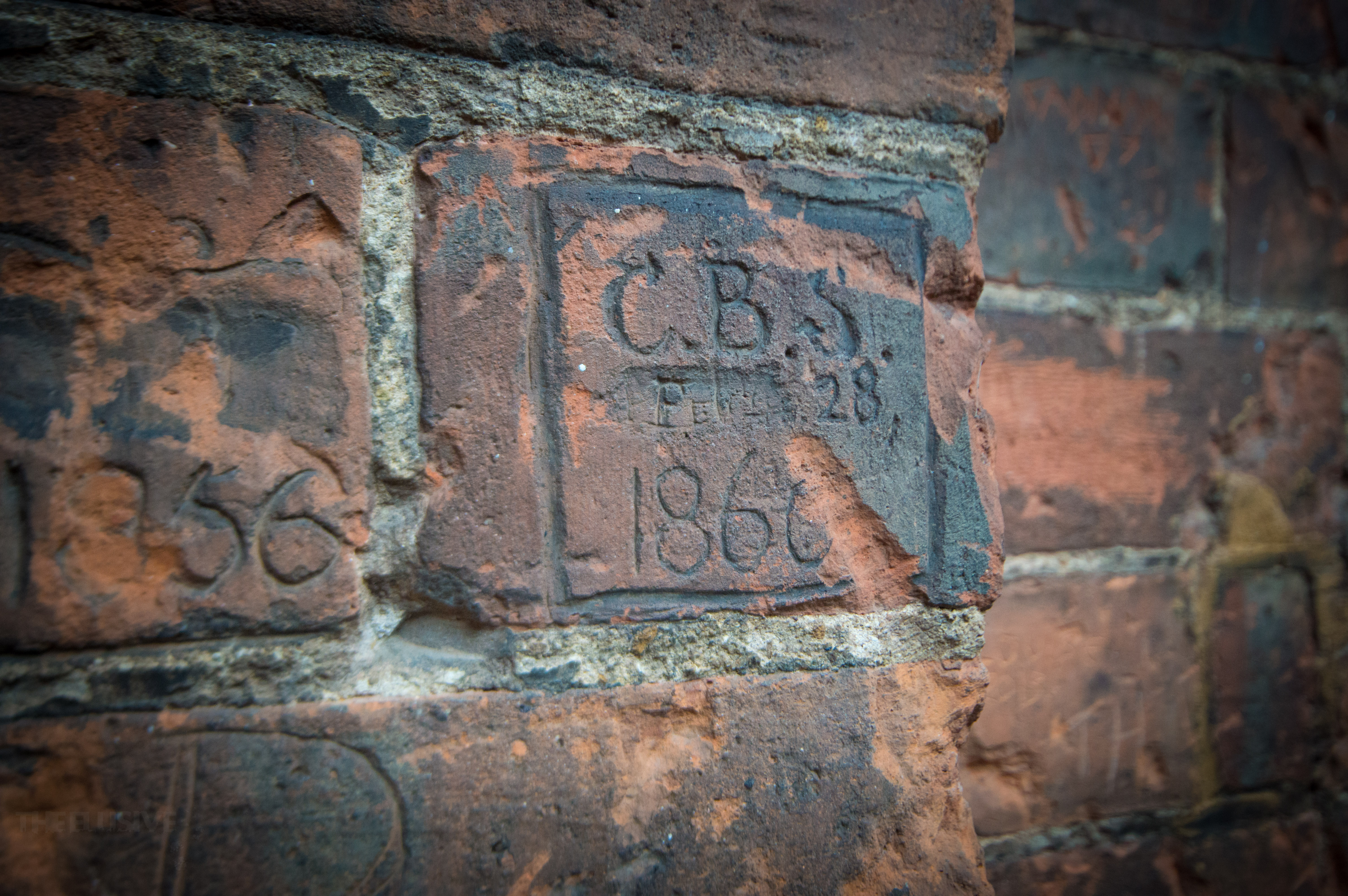




I noticed almost straight away the twisted serpents but if you look at the base of the wrought iron posts the shape is in the form of a lion’s paw which symbolically dictates justice controlling evil. The Tudor rose detail at the spandrel of each bracket is a nice touch .

Executions
Before 1792 executions had taken place in a nearby village, the condemned were taken to the gallows in carts, sitting on their own coffins. After that, execution by hanging was carried out using a “New Drop” style gallows erected on the roof of the prison gatehouse and continued on the new gatehouse roof when it was built in 1826. Between 1792 and 1864, 102 prisoners were hanged in public, comprising 94 men and 8 women. There were no executions at all between 1839 when William Davis was hanged on the 20th of April for the murder of John Butt and July 1864. The next and last public execution at Gloucester was carried out on the 27th of August 1864 when 55yr old Lewis Gough was to die for the murder of Mary Curtis. A further 17 people (16 men and one woman) were hanged within the prison between 1872 and 1939.The first private hanging took place on the 8th of January 1872 when 20-year-old Frederick Jones was put to death by William Calcraft for the murder of his girlfriend, Emily Gardner, on a raised scaffold in the prison yard. (This was the same gallows as had previously been used on the roof). There were steps the prisoner had to climb to reach the 4ft high platform. For the triple hanging of Edward Butt, Mary Ann Barry and Edwin Bailey in 1874, Robert Anderson, the hangman, asked for a pit to be dug to allow the gallows platform to be level with the yard, as shown below.
“To comply with modern prison arrangements” a new execution chamber was built on the end wall of A Wing in 1912. It had with two folding doors between it and the condemned cell. It was of slightly different design to that in many prisons, with the end wall of the wing separating the condemned cell from the gallows. This was used for six hangings, including that of Herbert Armstrong in 1922. The last hanging here was in 1939 but the execution chamber was not dismantled until 1966, after abolition of the death penalty. Its outline can still be seen on the end wall of A Wing.

All kinds of information have been put on including some rather old photographs have been submitted (more than 235,000 records), revealing details of Gloucestershire criminals, debtors, and trial prisoners from the last 180 years, have been published online by Ancestry. Here a few vintage mugshots to give you an idea of the kind of thing I mean.


In more recent times the prison was in the media for overcrowding and poor conditions ……. ” Mary Robinson, chair of the inspection board for HM Gloucester Prison, said: “I think some members of the public would be shocked to know the prisoners live in a small cell, two of them, with a toilet and have to eat their meals there.” there is an article on the BBC online from 2003 and again 2007 about the conditions after an inspection and in 2013 was closed .
People known throughout history to be incarcerated here are;
Pierce McCan Irish Sinn Féin politician (died there 1919)
Arthur Griffith Former President of Dáil Éireann ( May 1918 – March 1919 )
Herbert Rowse Armstrong (executed in 1922)
Stefan Kiszko
Fred West (held on remand)

A treadmill for hard labour was built to the south of the gaol in the early 19th century.
Other links and information
http://www.capitalpunishmentuk.org/gloucester.html
http://news.bbc.co.uk/1/hi/england/gloucestershire/6220888.stm






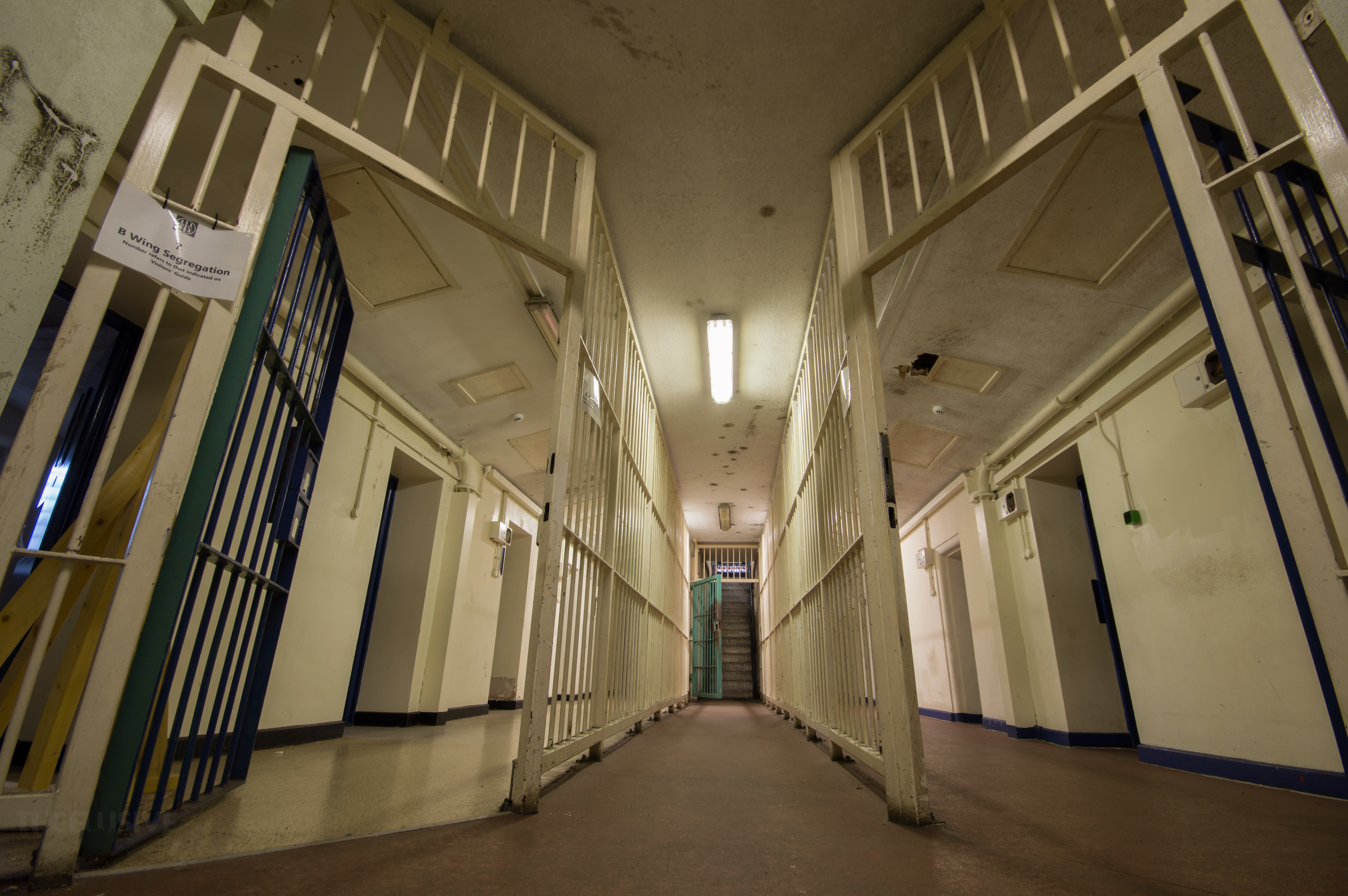



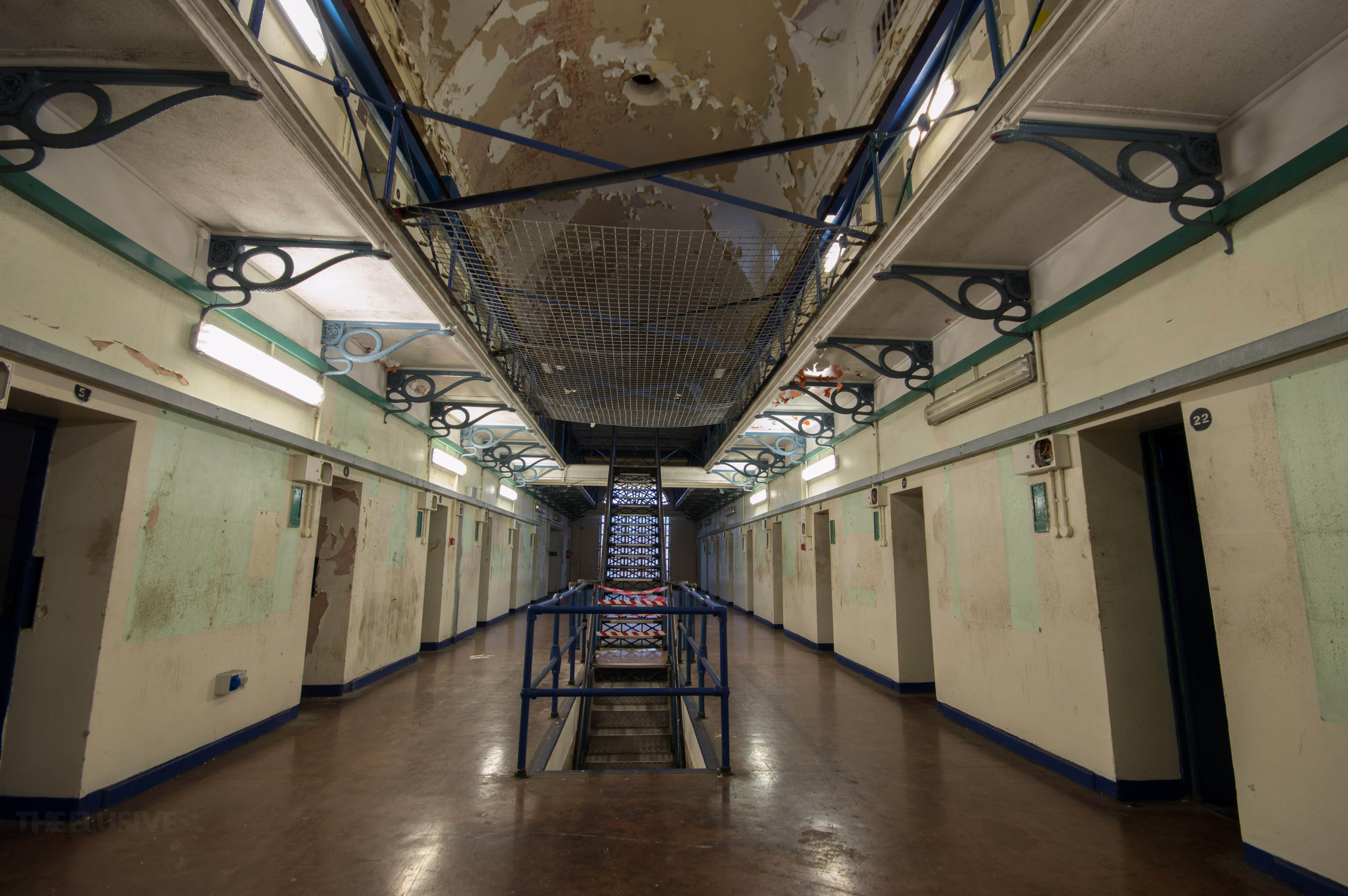




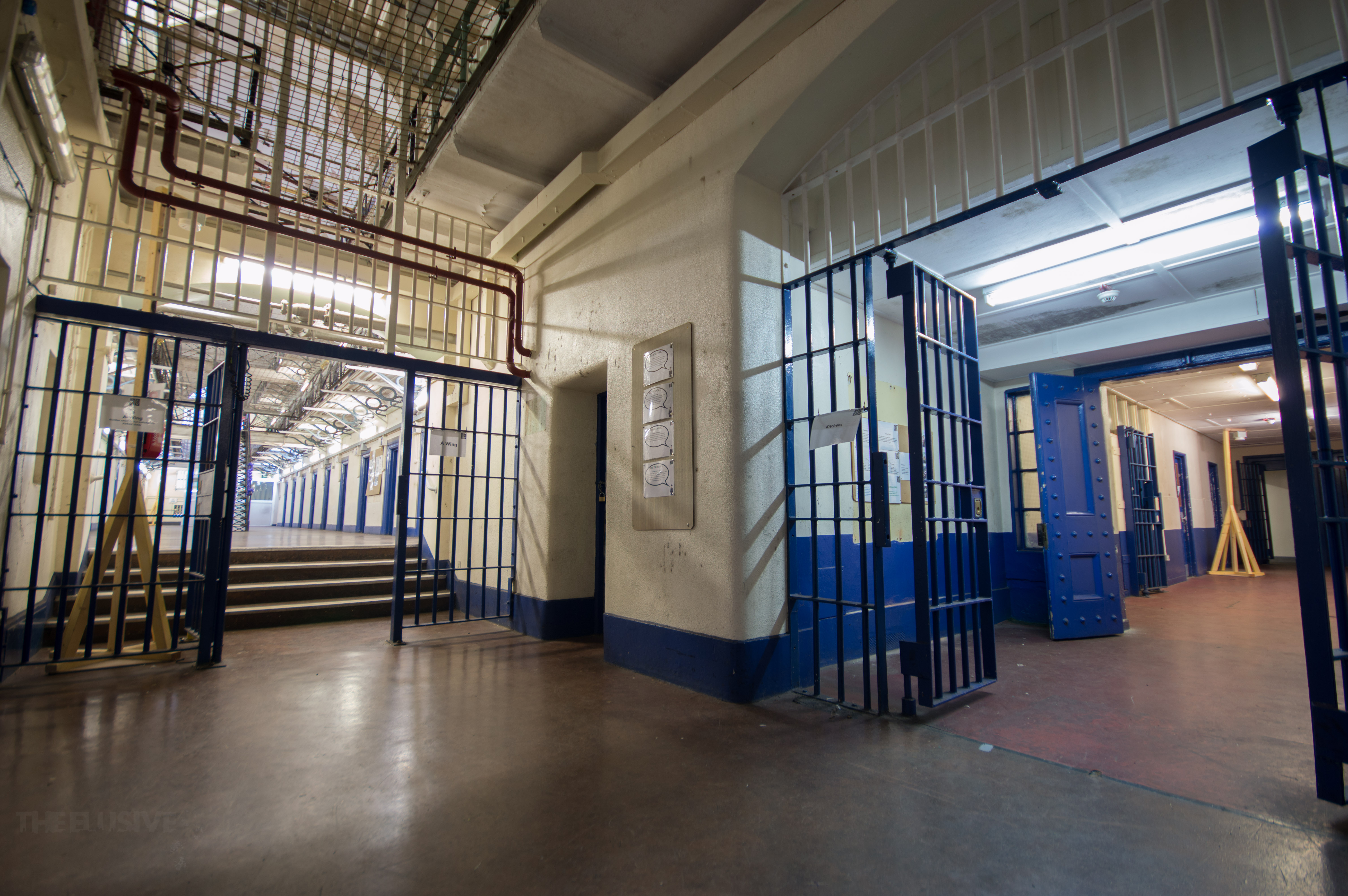
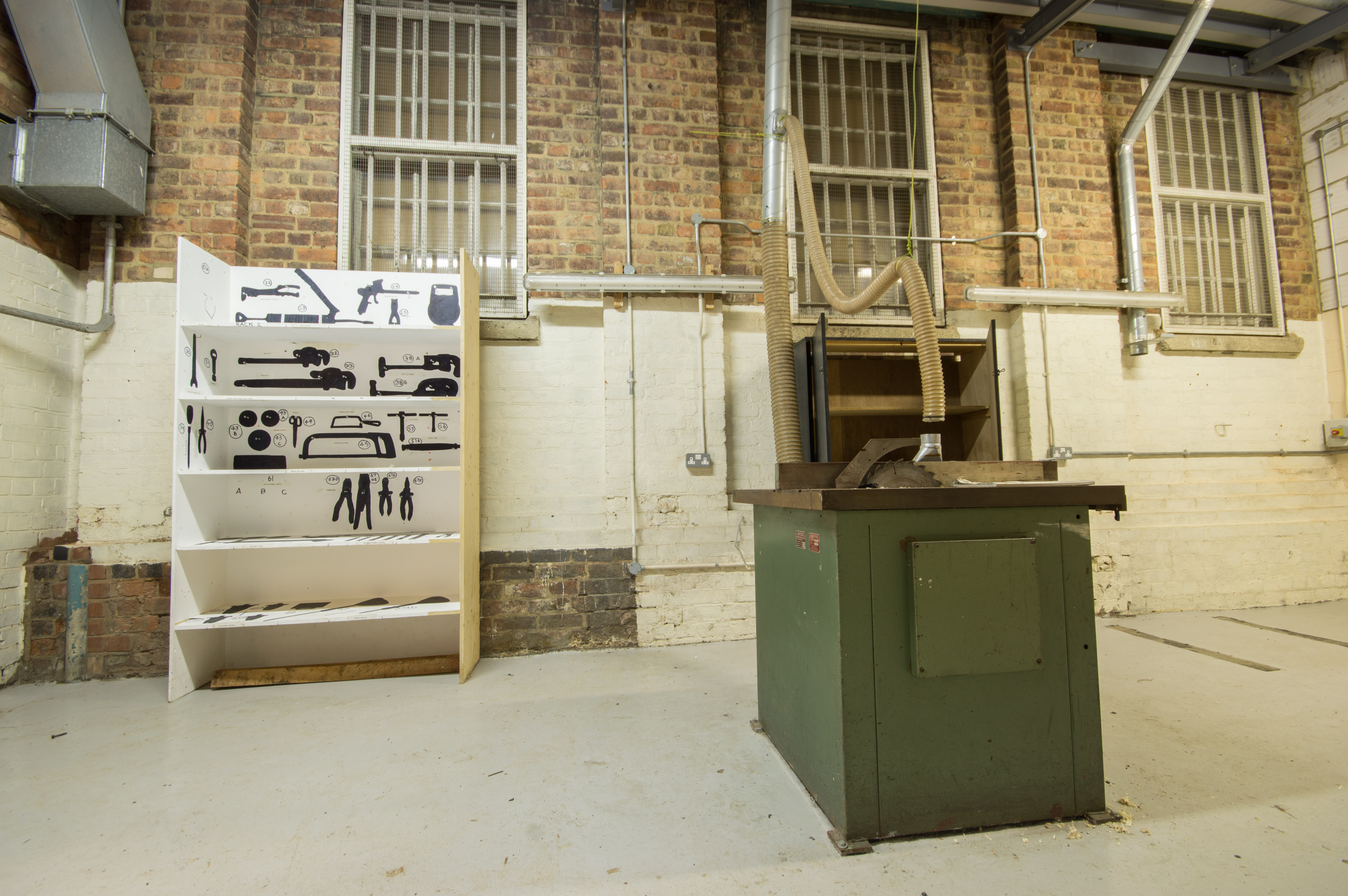





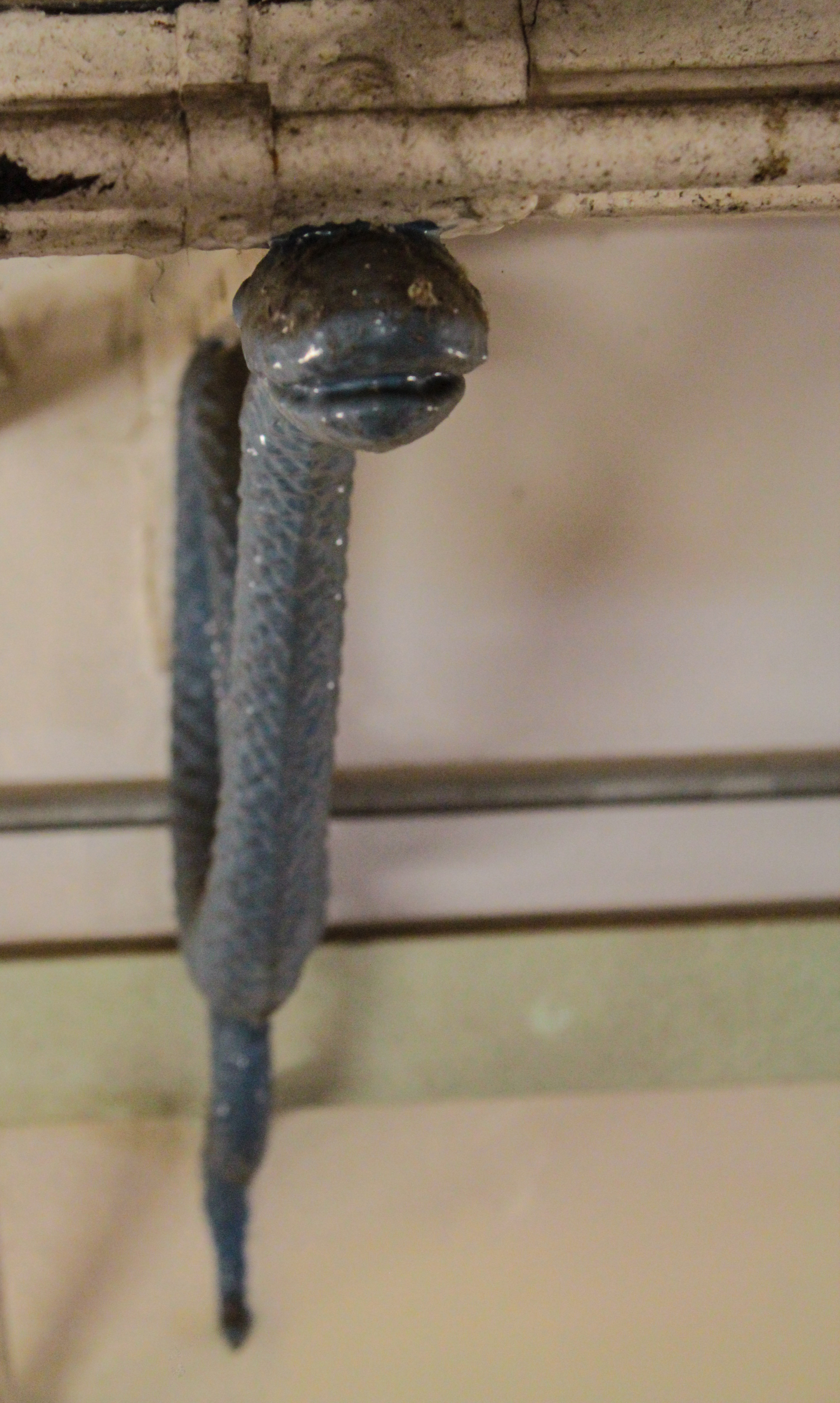














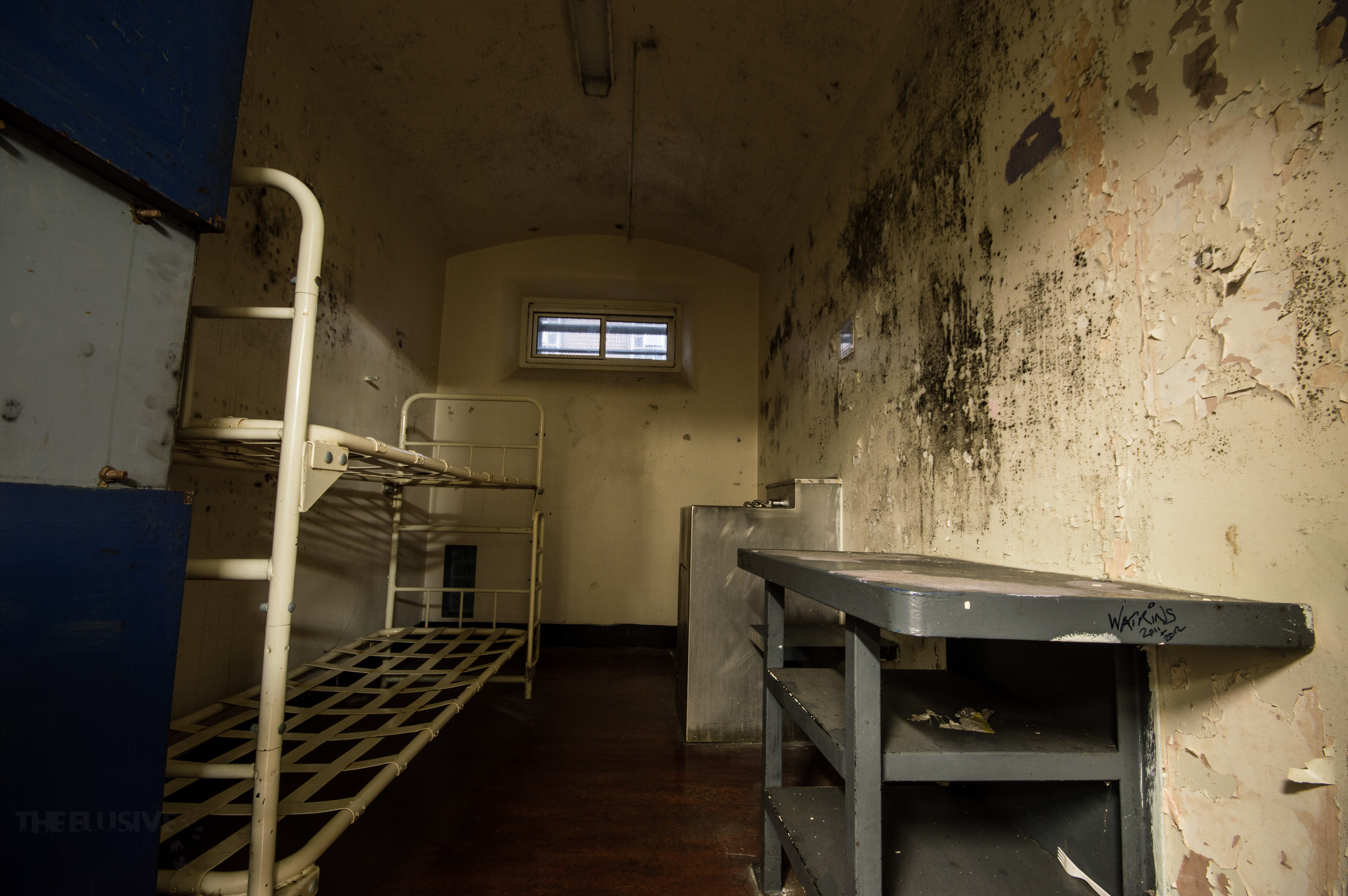








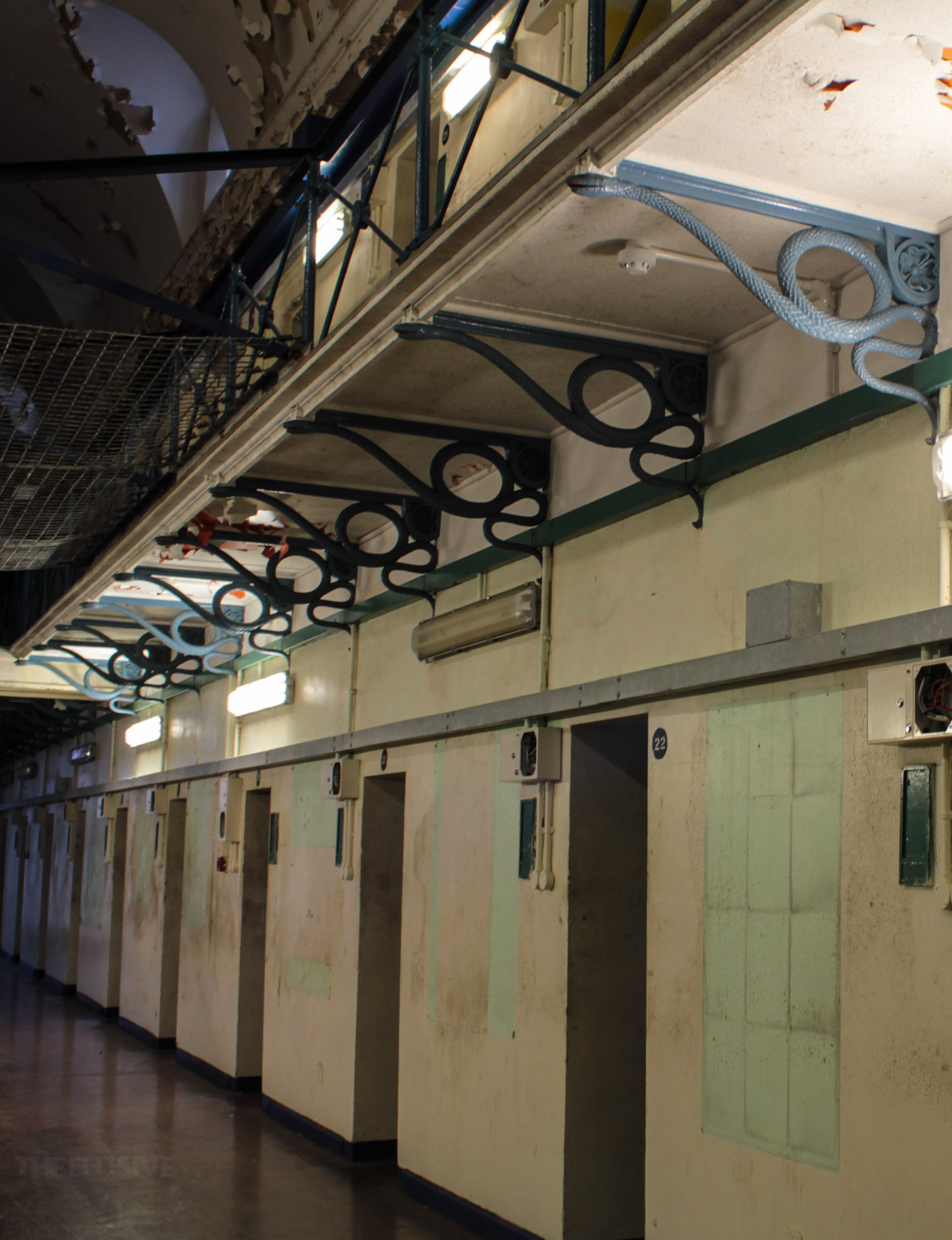
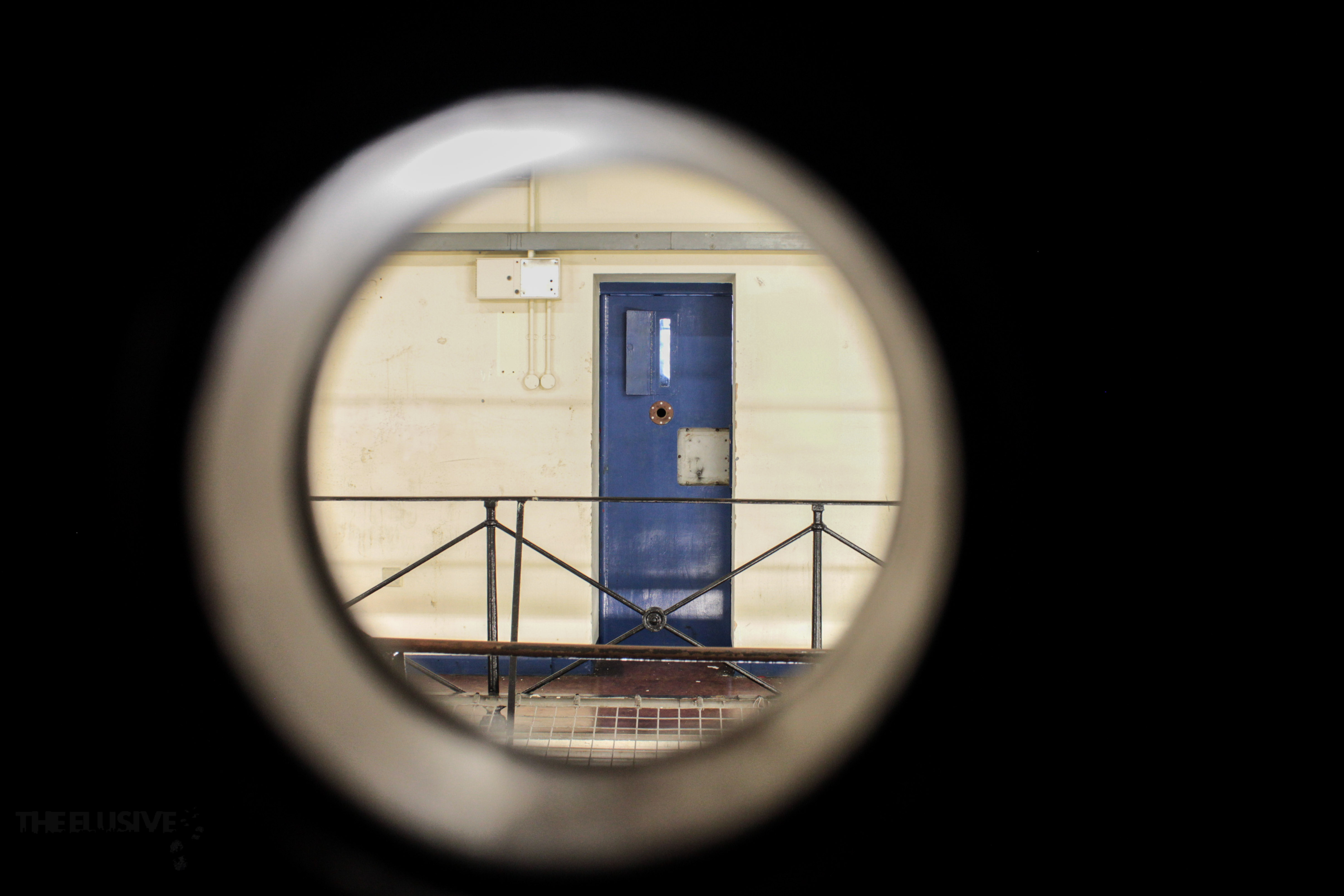




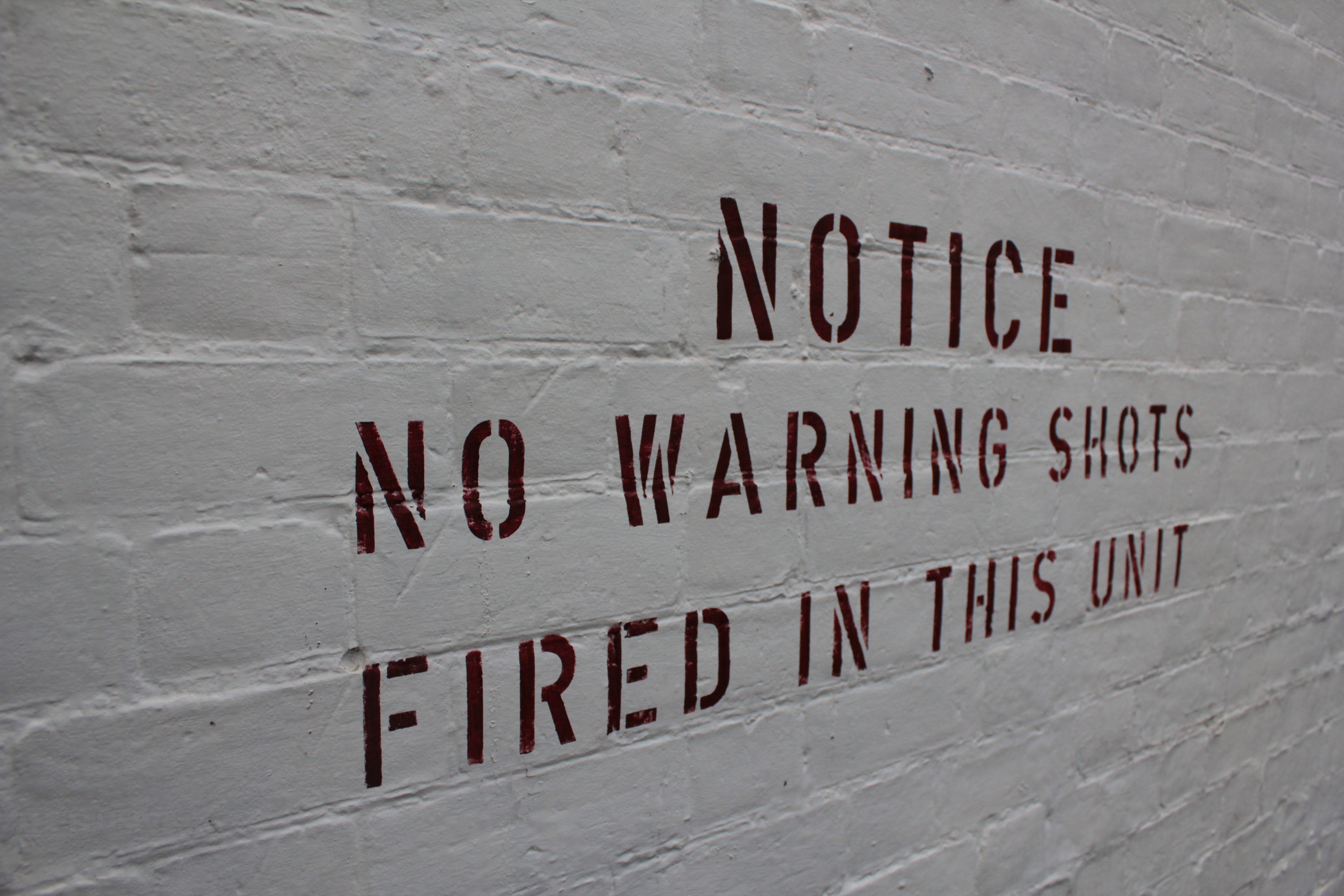
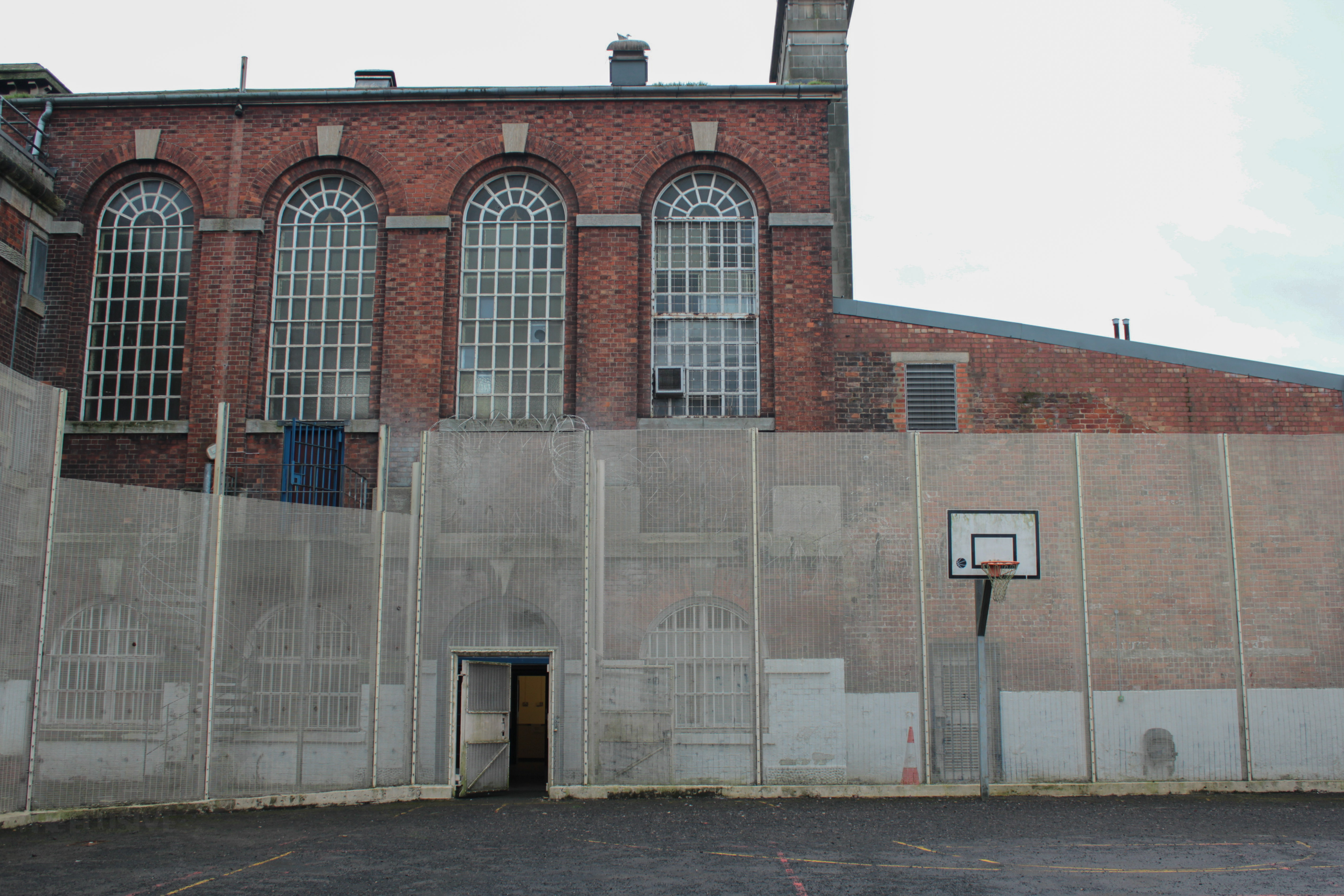

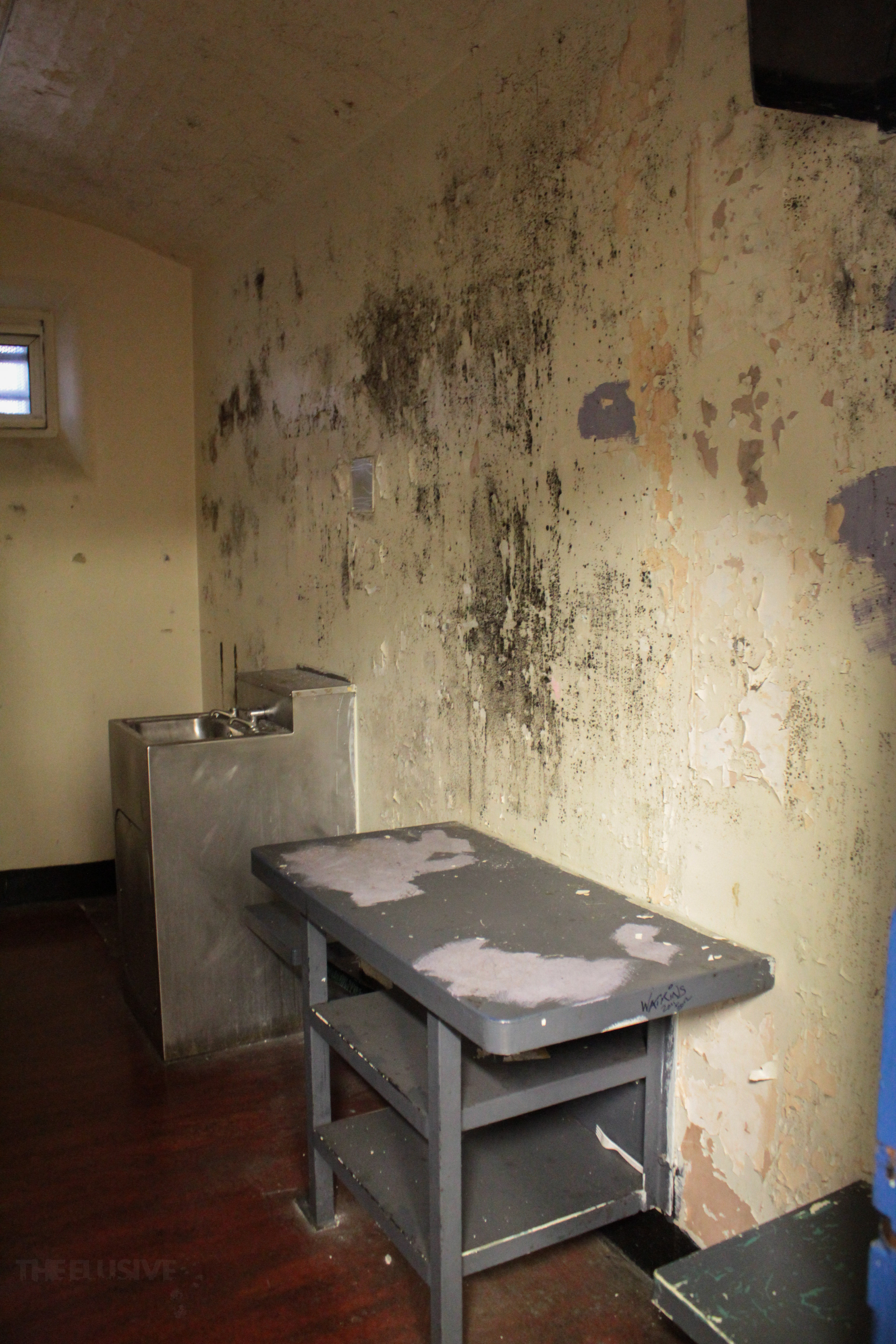


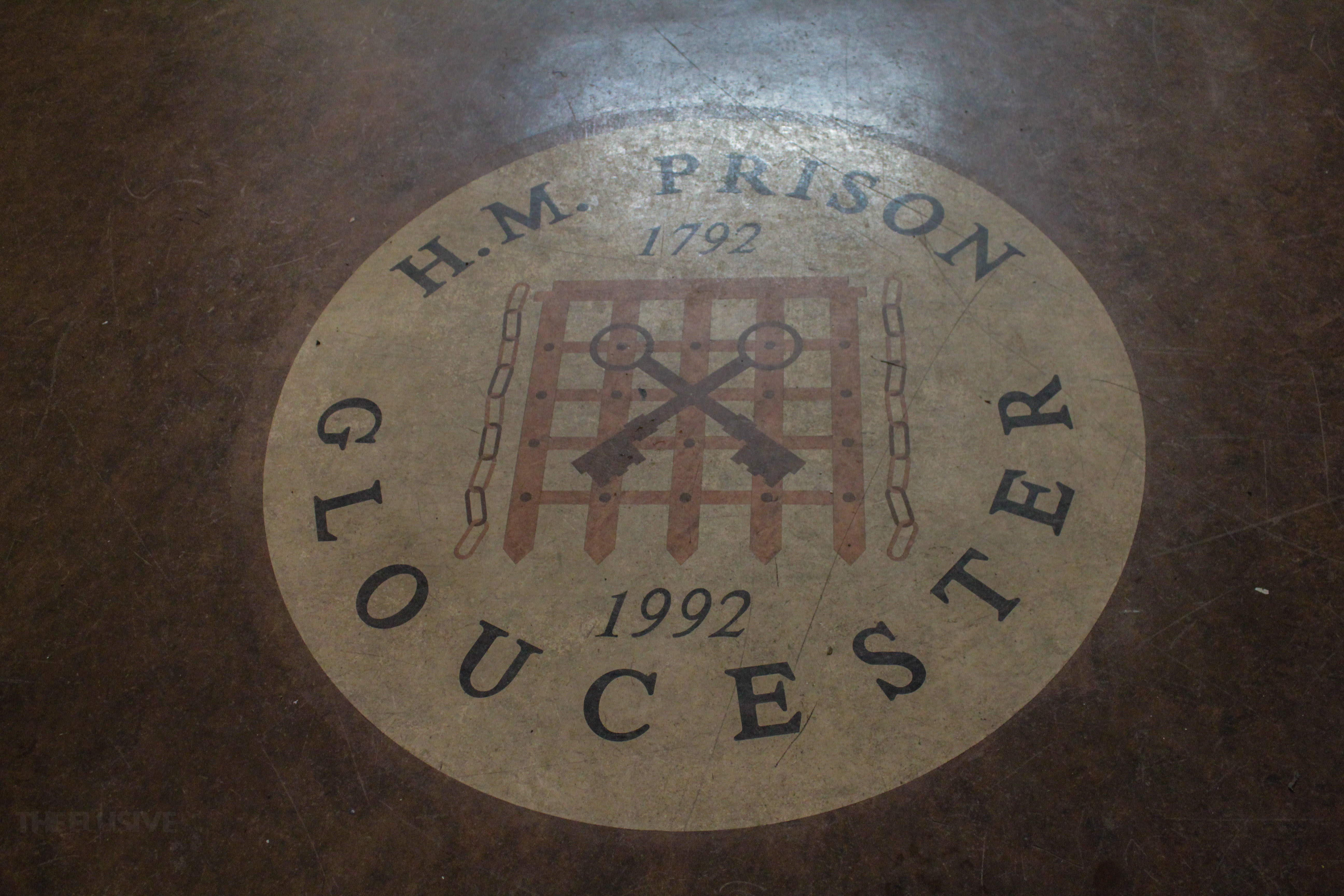

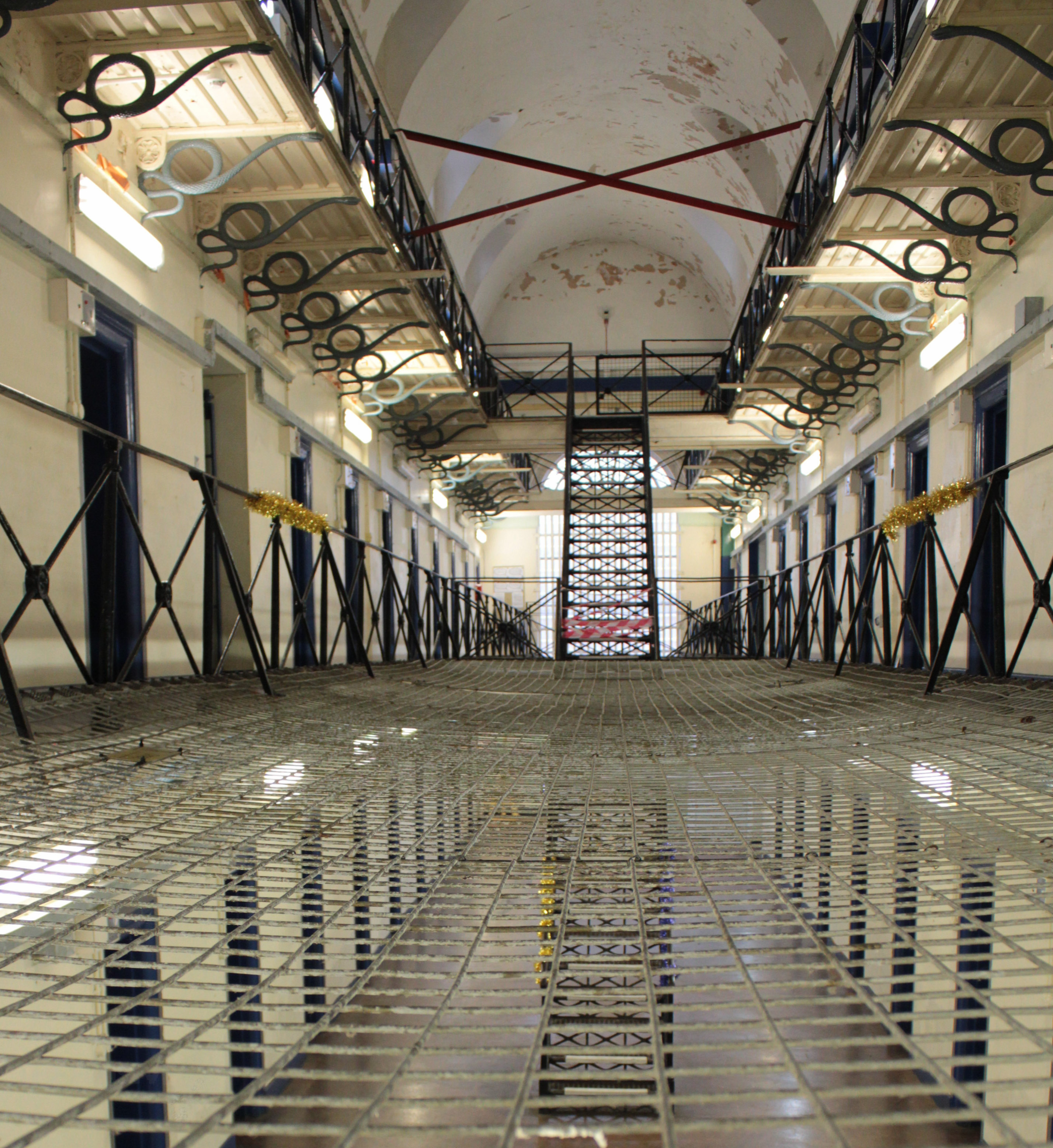
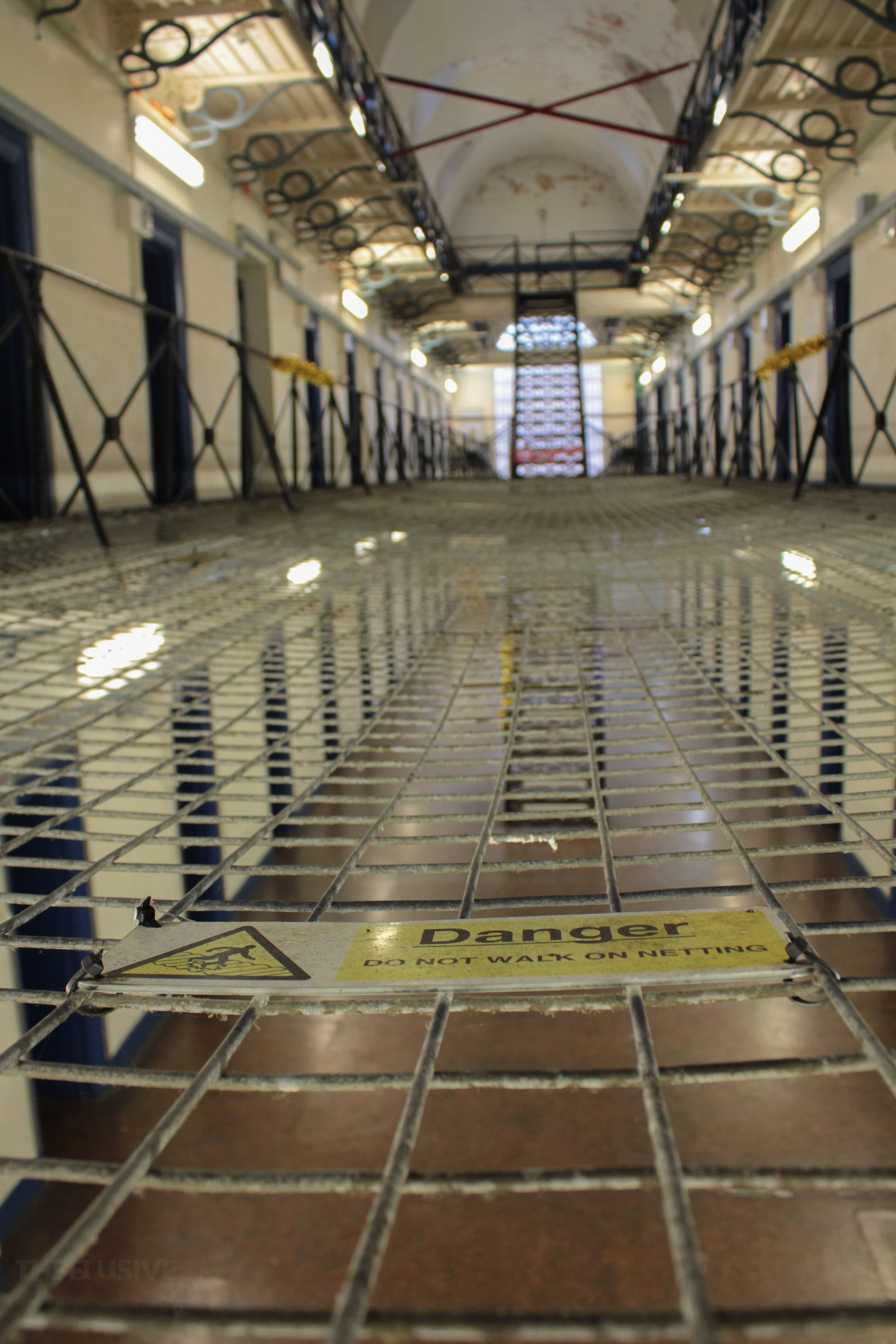








Everyone loves what you guys are usually up too. This kind of clever work and exposure! Keep up the wonderful works guys I’ve added you guys to our blogroll.| а
Hello, My great grandfather was a prisoner in Gloucester prison, in 1918/1919. I saw there is a mugshot book. Is this of prisoners in Gloucester prison ? If so how can i see if my Grandfather is in those photos ? His name was John William Dolphin Hill, born in 1871 in Birmingham. I would be most appreaciative of any help. Thank you.